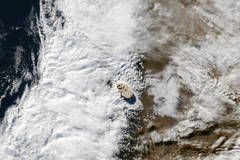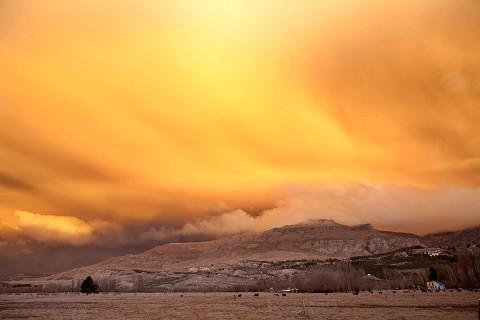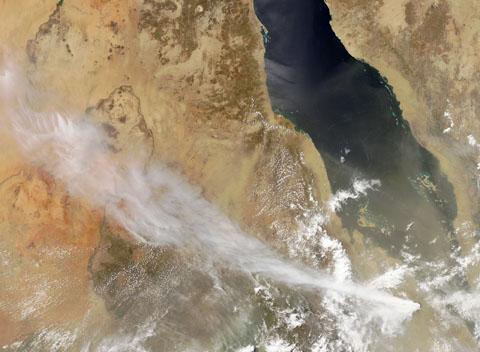
© Associated PressA Chinese man pushes a makeshift drum raft while a child sit on it in a flooded street in Xianing city in central China's Hubei province on Wednesday, June 15, 2011.
Beijing - Floods and lightning killed at least eight people as heavy rains pounded southern China, destroying homes and blocking roads, official media said Saturday.
Flooding from this month's seasonal rains has already forced hundreds of thousands of people from their homes and left more than 170 dead or missing.
Two people died in the southern province of Guizhou after being struck by lightning, the official Xinhua News Agency said. Two others died after being washed away by floods Friday evening. Xinhua said four other people died but did not provide details.
The Ministry of Civil Affairs said Friday that
flooding and rains have killed 25 people, left 25 missing and forced about 671,200 from their homes since Monday.
Xinhua did not say whether the most recent fatalities were included in the 25.
The torrential rains are forecast to continue through the weekend.
Landslides crushed parts of a railway line in southwestern China on Thursday evening, stranding 5,000 passengers on four trains, railway officials said.
About 1,200 workers are continuing to clear tracks and make repairs along the Chengdu-Kunming railway line, which links the capitals of Sichuan and Yunnan provinces, Xinhua said.






